F-35 Problems: Late IOTE, F-35A Gun Inaccurate, F-35B Tires, Threat Data, Cyber…
Posted on
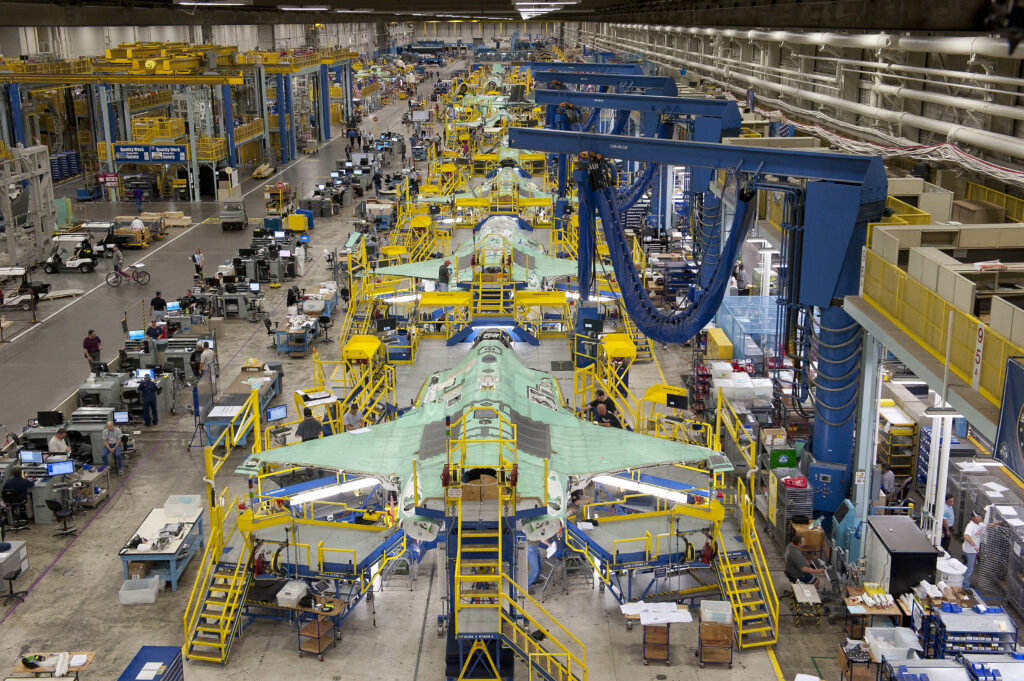
F-35 production line
WASHINGTON: Perhaps the most damning thing a director of Operational Test and Evaluation can say about a weapon is that it is not “operationally suitable.”
Here’s what the new DOTE, Robert Behler, says about the F-35 Joint Strike fighter in his office’s latest annual report:
- The operational suitability of the F-35 fleet remains below requirements and is dependent on work-arounds that would not meet Service expectations in combat situations (emphasis added). Over the previous year, most suitability metrics have remained nearly the same, or have moved only within narrow bands which are insufficient to characterize a change in performance.
- Overall fleet-wide monthly availability rates remain around 50 percent, a condition that has existed with no significant improvement since October 2014, despite the increasing number of new aircraft. One notable trend is an increase in the percentage of the fleet that cannot fly while awaiting replacement parts – indicated by the Not Mission Capable due to Supply rate.
- Reliability growth has stagnated. It is unlikely that the program will achieve the JSF ORD (Operational Requirements Document) threshold requirements at maturity for the majority of reliability metrics. Most notably, the program is not likely to achieve the Mean Flight Hours Between Critical Failures threshold without redesigning aircraft components (emphasis added).
While the majority of the testing done occurred before Behler was approved by the Senate, he says in his introduction to the annual report that he reviewed the contents — and you can be sure he reviewed the F-35 information especially closely.
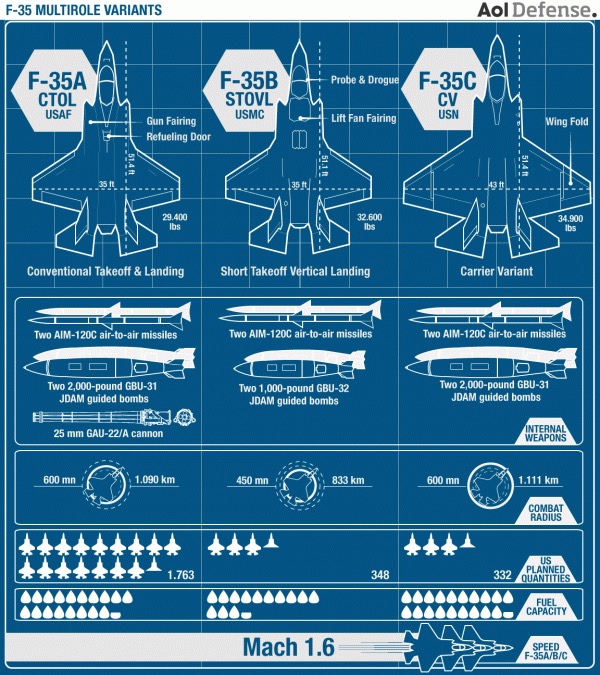 Among the other significant issues the program faces, the program is unlikely to enter the legally-required Initial Operational Test and Evaluation (IOT&E) milestone until late this year because developmental testing may not finish until as late as this May.
Among the other significant issues the program faces, the program is unlikely to enter the legally-required Initial Operational Test and Evaluation (IOT&E) milestone until late this year because developmental testing may not finish until as late as this May.
The biggest problem it faces right now are ones that have been remarkably persistent. Here’s what Michael Gilmore, the previous DOTE, told the House Armed Services Committee in March 2016:
“Significant, correctable deficiencies exist in the U.S. Reprogramming Laboratory (USRL) that will preclude development and adequate testing of effective mission data loads for (software) Block 3F.”
Those problems have not changed much, according to Behler’s report:
“The U.S. Reprogramming Laboratory (USRL) continues to operate with cumbersome software tools and outdated or incomplete hardware. The lab began creating Block 3F mission data les (MDFs) in the summer of 2017, and it will take 12 to 15 months to deliver a fully-verified mission data load (MDL), made up of a compilation of MDFs, for IOT&E.” This is the F-35’s threat library, with which Breaking D readers are very familiar.
The ALIS logistics and planning system remains vulnerable to cyber attacks, Behler writes. They and the threat to the system are so bad “the F-35 program and Services should conduct testing of aircraft operations without access to ALIS for extended periods of time.” Behler says the plane can operate up to 30 days at a time without hooking up to ALIS. We hear the program is doing all it can to plug the cyber vulnerabilities. While there is certainly an endless cycle of threat, fix, new threat, fix etc, ALIS has been identified as an important cyber vulnerability for the F-35 for years and the program must do something to alter this cycle.
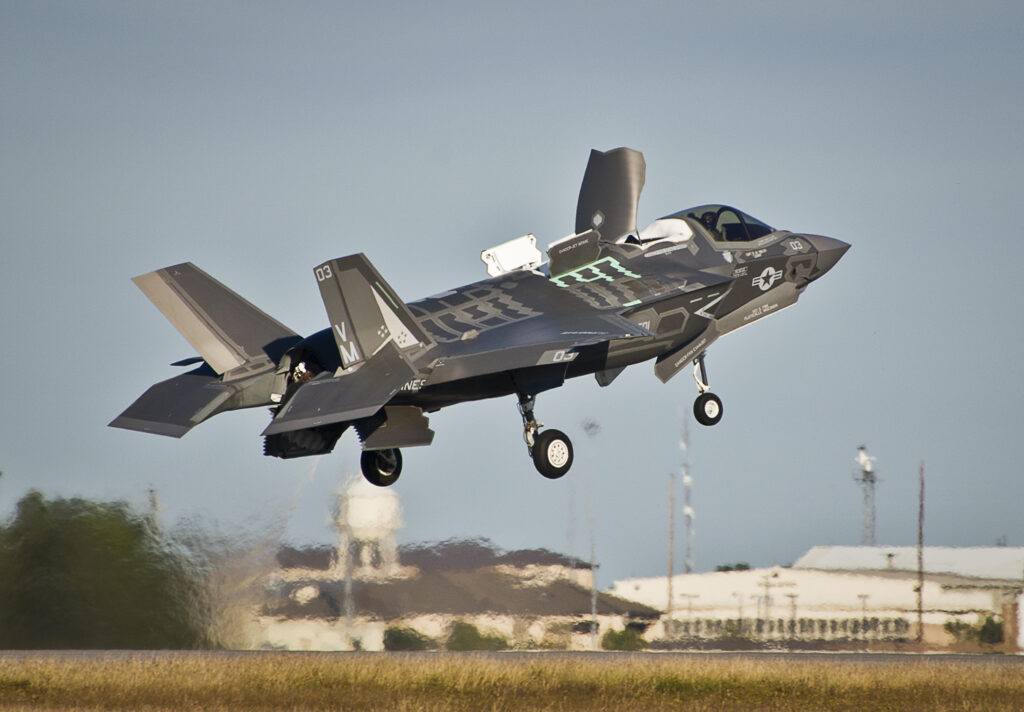
F-35B in hover mode
F-35B Tires
The heaviest of the three aircraft, the F-35B, didn’t only shake apart under stress-testing more quickly than the other two aircraft (see below), but, as the DOTE notes, “The program has struggled to find a tire for the F-35B that is strong enough for conventional high-speed landings, soft enough to cushion vertical landings, and still light enough for the existing aircraft structure. Average F-35B tire life is below 10 landings, well below the requirement for 25 conventional full-stop landings. The program is still working this problem, which will not be resolved within SDD.”
Finally, Behler’s report point to a refueling problem faced by the F-35B and F-35C.
The air refueling probe “tips are breaking too often, resulting in squadrons imposing restrictions on air refueling. The program is still investigating this problem.” I hear that the program is focussing on improved maintenance for the hose reel mechanism, as well as design changes to the probe.
There’s another important problem which will make it very difficult for the Air Force to argue that it can replace the A-10 with the F-35A, as planned: “The F-35A gun has been consistently missing ground targets during strafe testing; the program is still troubleshooting the problems.” The gun shoots “long, and to the right.” The Marine’s F-35B and the Navy’s F-35C guns, which are not built in, are apparently performing better. “Initial accuracy testing of the F-35B and F-35C podded guns showed better results than that of the F-35A model,” Behler writes. “Both the F-35B and the F-35C gun pods exhibited the same right aiming bias as the F-35A, however the long bias is not manifested in the podded gun systems.”
The other bad news here is that “delays in completing the remaining gun testing and correcting gun-related deficiencies within SDD, especially for the F-35A, are adding risk to the IOT&E schedule,” the report says.
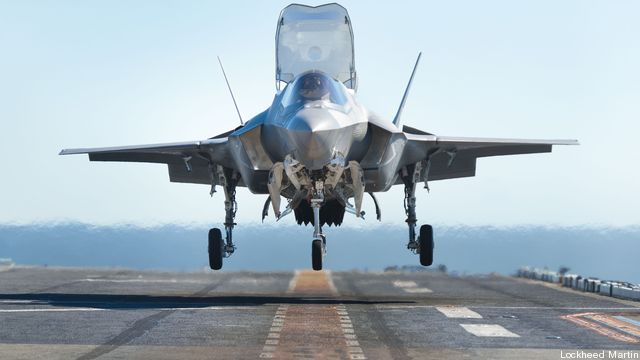
F-35B
F-35B Structural Test Failures
The F-35B being used to see if the plane will survive the 8,000 hours it’s required to last pretty much fell to pieces last year and needs replacing. “The effect of the failures observed and repairs required during the first two lifetimes of testing on the service life certification of the F-35B aircraft is still to be determined,” Behler writes. “The service life for all three variants is planned to be 8,000 hours; however the F-35B service life may be less than that, even with extensive modifications to strengthen the aircraft already produced.” And that’s consistent what we understand the program believes.
I also hear that Lockheed Martin is studying just how much of the plane will need to be tested. They and the Joint Program Office try to limit costs by using only those parts of the plane — the bulkhead perhaps and where the wings connect — and no one is sure what the best approach is yet.
One bit of aircraft testing that is underway seems to demonstrate a change in tone from the last DOTE to this one. In his introduction to the annual report, Behler says he plans to be “flexible with integrated testing” and points to his granting approval for pre-IOT&E cold weather testing, which I hear is already underway.
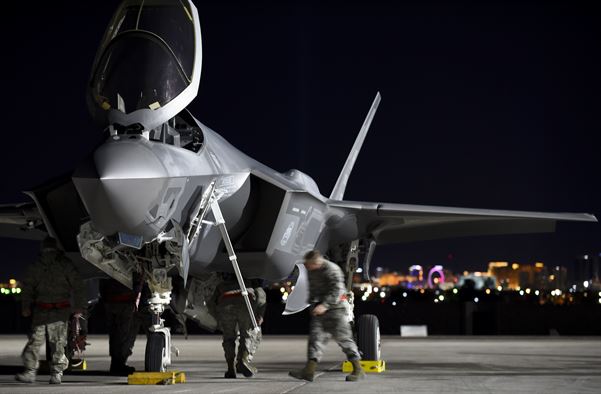
F-35A
|
F-35 AVAILABILITY FOR 12-MONTH PERIOD ENDING SEPTEMBER 2017 1 |
||||
|
Operating Site |
Average |
Max |
Min |
Aircraft Assigned 2 |
|
Whole Fleet |
50% |
55% |
44% |
235 |
|
Eglin F-35A |
38% |
49% |
30% |
25 |
|
Eglin F-35C |
57% |
69% |
46% |
12 |
|
Yuma F-35B |
60% |
70% |
45% |
10 |
|
Edwards F-35A |
51% |
70% |
13% |
8 |
|
Edwards F-35B |
35% |
58% |
18% |
7 |
|
Edwards F-35C |
41% |
73% |
28% |
7 |
|
Nellis F-35A |
53% |
67% |
46% |
16 |
|
Luke F-35A |
50% |
55% |
44% |
60 |
|
Beaufort F-35B |
38% |
52% |
27% |
28 |
|
Hill F-35A |
70% |
81% |
22% |
27 |
|
Amendola F-35A 3 |
60% |
80% |
29% |
4 |
|
Iwakuni F-35B 4 |
58% |
71% |
42% |
16 |
|
Lemoore F-35C 4 |
54% |
92% |
18% |
8 |
|
Nevatim F-35A 5 |
45% |
45% |
45% |
7 |
|
Footnotes 2. Aircraft assigned at the end of September 2017. 3. Amendola F-35A operations began December2016. 4. Iwakuni F-35B and LemooreF-35C operations began January 2017. 5. Nevatim F-35A operations began September 2017. |
||||
Subscribe to our newsletter
Promotions, new products and sales. Directly to your inbox.
